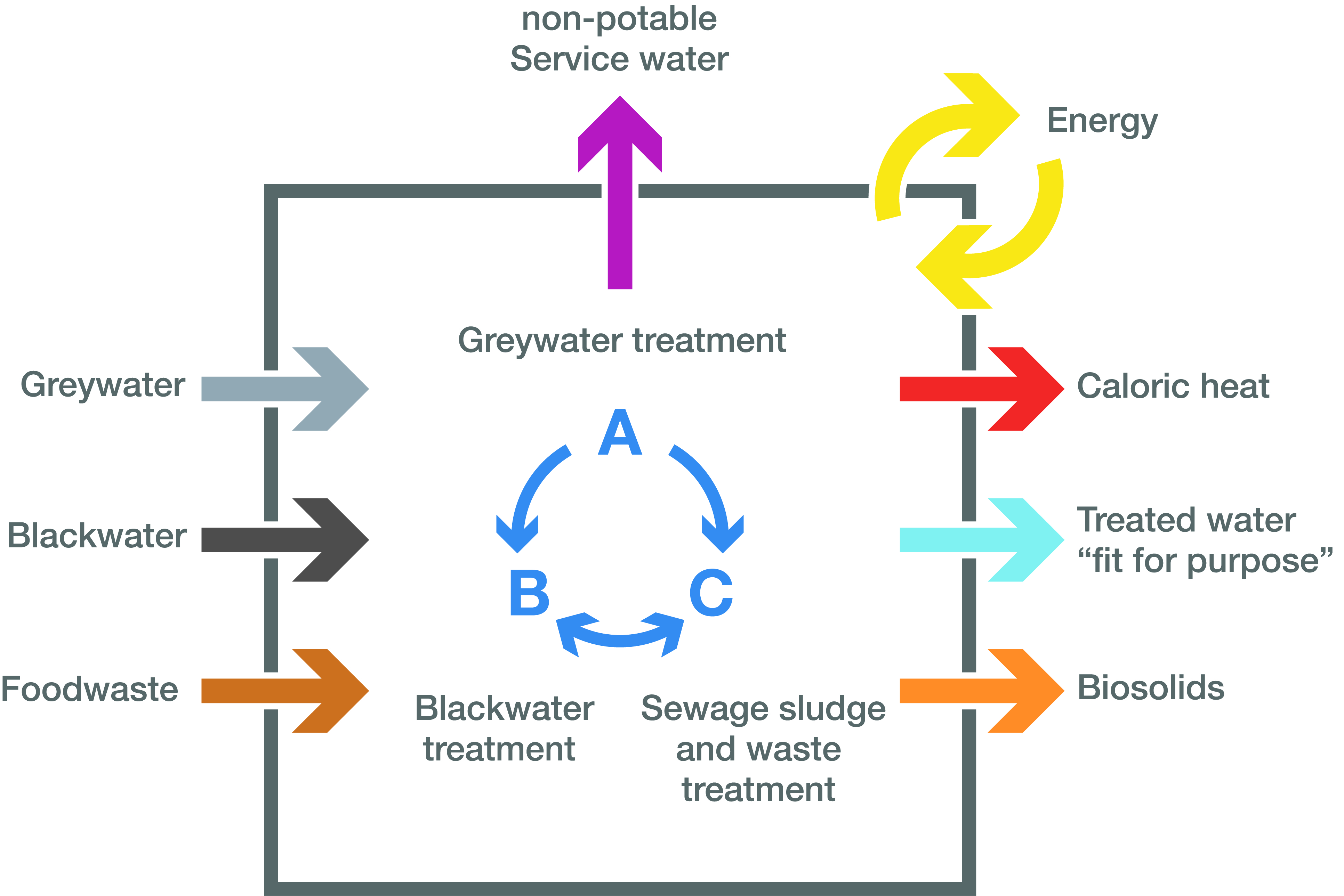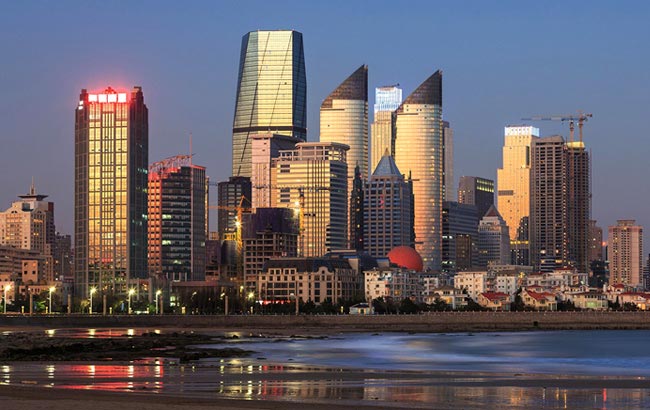Main Content
Concept
The watersupply and -disposal of the population is a enormous challenge for fast growing megacities. Firstly the infrastructure of watersupply and -disposal can not handle the growth. On the other hand the local water resources are limited.
The concept SEMIZENTRAL corresponds with regard to flexibility and adaptability those requirements of the infrastructure systems and sets new standards in the matter of resource efficiency.
The unique characteristic of SEMIZENTRAL is its integrated approach. Conventional systems focus on the strict separation of water supply, wastewater treatment, and waste treatment.
In contrast, SEMIZENTRAL integrates these sectors into a holistic approach. It enables the coordination between the sectors, creating synergy effects such as energy-autarkic operation and the reduction of greenhouse gases.
Compared to conventional centralized infrastructure systems for water provision supply and wastewater treatment, the benefits are the potential for at least a 30-40% reduction in water usedemand, energy conservation (covering the energy demand of the RRC for wastewater and waste treatment through its own generation of biogas), greatly reduced transport demand, round-the-clock guarantee of water supply with consistent quality, as well as substantial planning and capital cost security.
The approach was presented for the first time to the general public at the Expo 2010 in Shanghai.
The Integrated Approach of SEMIZENTRAL
Semi-centralized supply and treatment systems offer a future-oriented and resource-conserving alternative to conventional centralized systems. They consist of three process units. Module A covers greywater treatment. Wastewater from showers and washing machines is treated and reused as service water for toilet flushing. This reduces daily water consumption by almost one third. In module B, blackwater from toilets and kitchen workflows drains is treated. Module C – the energy center – includes the anaerobic (thermophilic) treatment of biowaste and sewage sludge from modules A and B. The resulting biogas is used for the production of electricity. The generated energy (amount of heat and electricity) is, in total, sufficient for all other treatment processes in the RRC.






